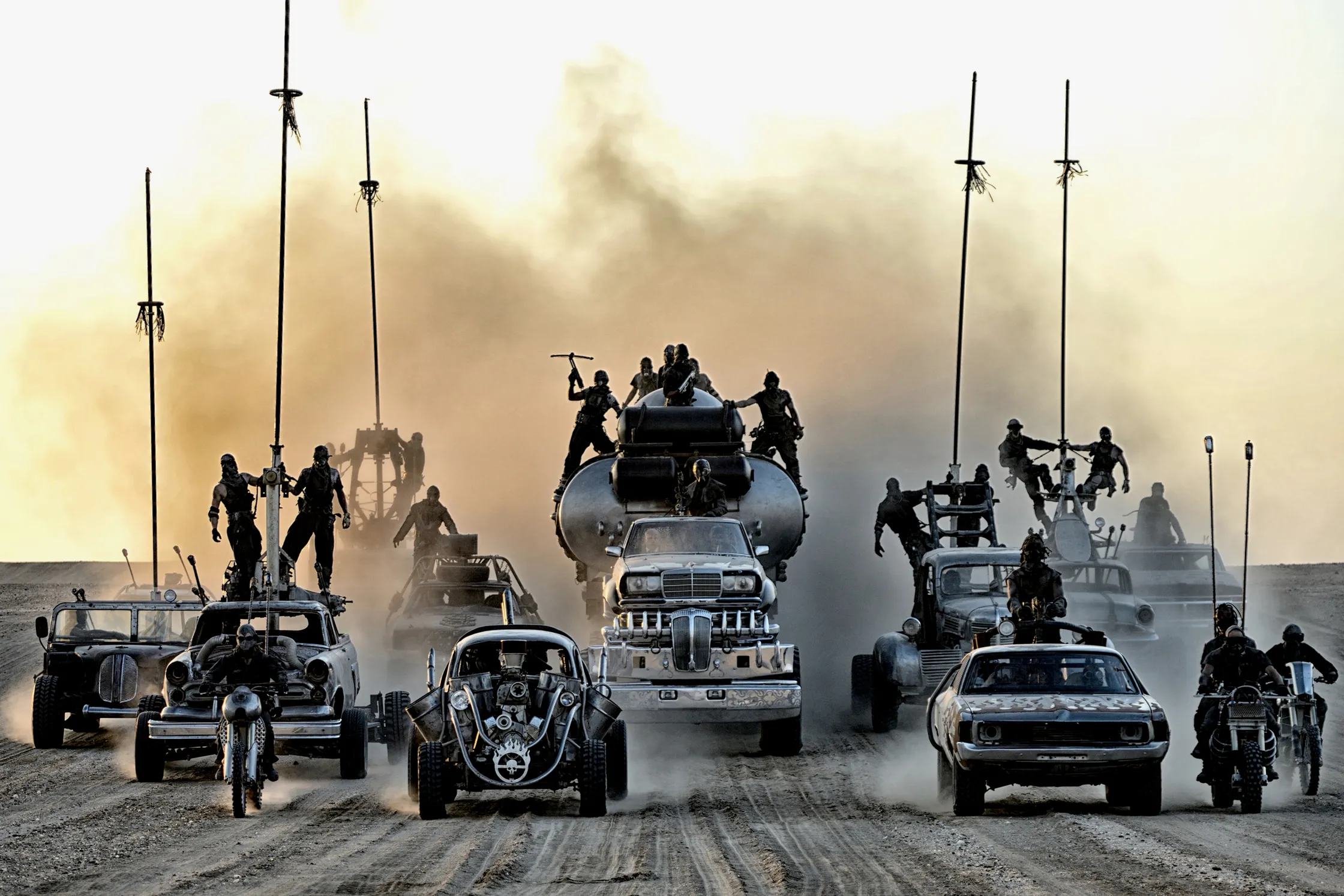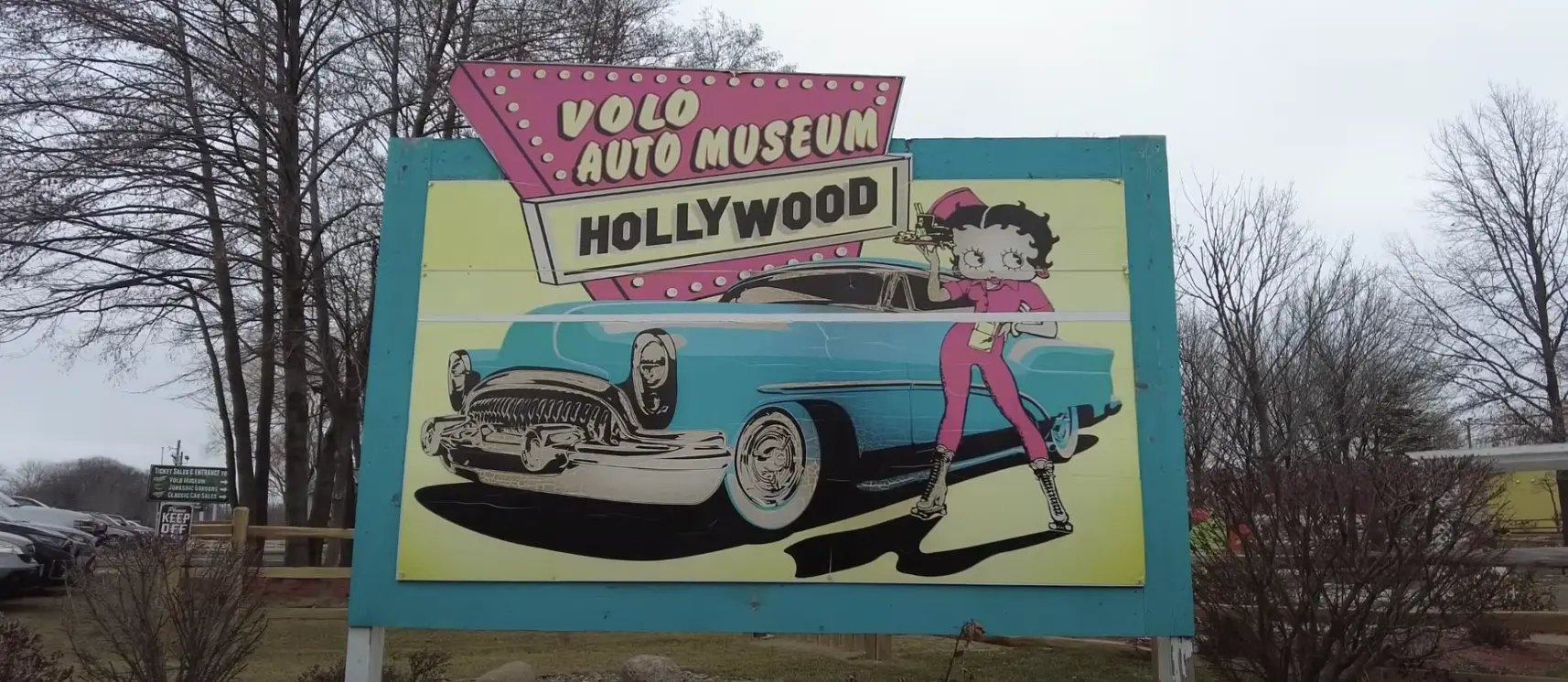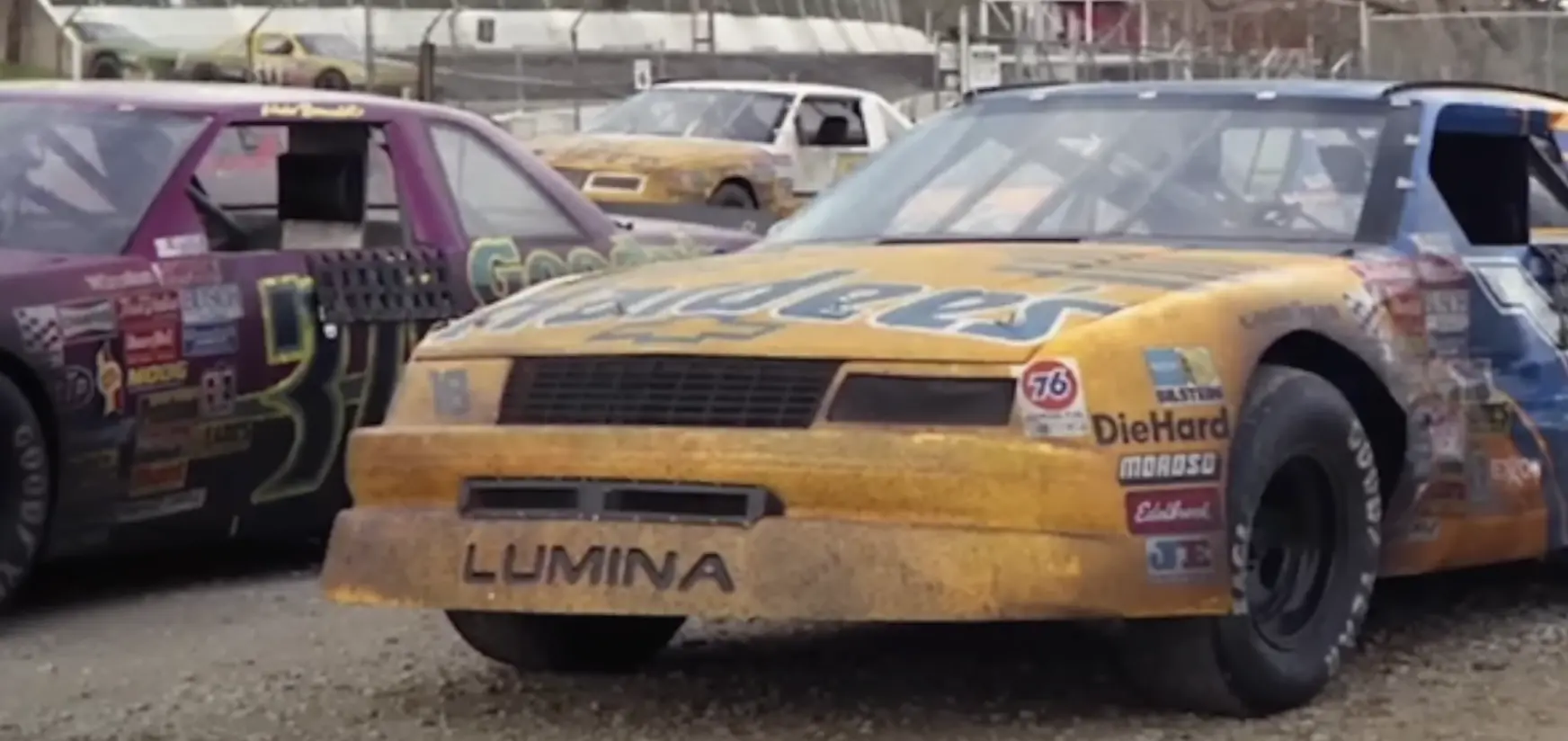About JC Whitney Editorial Team

Meet the JC Whitney Editorial Team, your go-to experts for automotive insights, from in-depth car culture articles to the latest in vehicle tech.
More from JC Whitney Editorial TeamBullitt – Bud Ekins
“Bullitt,” released in 1968, featured one of the most iconic car chase scenes in cinematic history. Directed by Peter Yates, the film showcased a chase through the steep hills of San Francisco, with Steve McQueen’s character, Frank Bullitt, driving a Ford Mustang GT, pursuing hitmen in a Dodge Charger.
A significant part of the scene’s success was the innovative filming technique and the exceptional stunt driving. The driving sequences were remarkably authentic and visceral, thanks largely to the contribution of the legendary stunt driver Bud Ekins and McQueen himself, who was an accomplished driver. Ekins was the main stunt driver, but McQueen also performed some of his own driving to keep the character consistently integrated into the action, enhancing the authenticity of the scene.
The film employed a groundbreaking approach to shooting the car chase, utilizing new camera mounts on the cars to put the audience in the middle of the action. Multiple cameras were mounted on the vehicles to capture various angles and viewpoints, immersing the audience in the chase. Director Peter Yates emphasized capturing real speed and action, which meant that the cars were genuinely driven at high speeds, reaching up to 110 miles per hour during filming.
The hilly streets of San Francisco provided a unique and challenging environment for the chase scene. The stunt drivers had to navigate sharp turns, steep inclines, and declines, and busy intersections, requiring extraordinary precision and control. The locations were carefully chosen and blocked off to ensure the safety of the stunt team and the public, and the scene was meticulously choreographed and rehearsed to synchronize the movements of the vehicles.
The “Bullitt” car chase set new standards for action filmmaking, influencing numerous car chases in subsequent movies.
The “Bullitt” car chase set new standards for action filmmaking, influencing numerous car chases in subsequent movies. The scene’s success and endurance as a cinematic classic are due to the exceptional skills of the stunt drivers, the director’s vision, and innovative filming techniques that brought a new level of realism and excitement to car chase sequences.
Bourne Identity – Jean-Claude Lagniez
The Paris chase scene in “The Bourne Identity” (2002), the first film of the Bourne trilogy, is one of the most notable car chase sequences in modern cinema. The scene involved a thrilling chase through the narrow, bustling streets of Paris, with Matt Damon (Jason Bourne) and Franka Potente (Marie) in a classic Mini Cooper being pursued by police and other adversaries.
The director, Doug Liman, wanted the chase to be as authentic and visceral as possible. The sequence was carefully choreographed and filmed on location in Paris, using multiple cameras to capture the action from various angles, which added to the scene’s intensity and realism. Shooting on the actual streets of Paris contributed to the scene’s chaotic and claustrophobic feel, as the chase maneuvered through traffic, narrow alleyways, and down staircases.
The stunt driving for this spectacular scene was coordinated and executed by a team of professional stunt drivers, led by the French stunt coordinator Jean-Claude Lagniez. The drivers had to be extremely precise, as they navigated tight corners, avoided pedestrians, and managed high-speed maneuvers through the city’s compact streets. Lagniez himself also performed some of the driving, showcasing his expertise and skill in managing the demanding requirements of the scene.
Matt Damon also participated in some parts of the driving, as he had received specialized driving training to perform certain maneuvers. However, the more complex and dangerous stunts were handled by the professional stunt drivers to ensure safety and precision.
In order to film the chase sequence with maximum authenticity and impact, the filmmakers used various filming techniques, including mounting cameras on chase cars and using handheld cameras for more dynamic and immersive shots. This approach allowed for the capture of real-speed action, enhancing the audience’s adrenaline-pumping viewing experience.
The Paris chase scene in “The Bourne Identity” is a testament to the incredible work of stunt coordinators, drivers, and the entire film crew, who collaborated to create a memorable, high-octane chase that remains a standout in action film history.
Smokey & the Bandit – Alan Gibbs
“Smokey and the Bandit” is a classic 1977 action-comedy film directed by Hal Needham, renowned for its car chase sequences. One of the most iconic stunts in the movie is the bridge jump scene, where the Bandit, played by Burt Reynolds, jumps a dismantled bridge in a 1977 Pontiac Trans Am.
The stunt driver who executed this legendary jump was Alan Gibbs, a professional and experienced stuntman. Hal Needham, the director, was himself a former stuntman and brought a wealth of experience and knowledge about planning and executing stunts safely and effectively.
For the bridge jump scene, they used a ramp to launch the car into the air. The car was specially modified to withstand the impact of the jump and landing. Certain adjustments were made, such as reinforcing the car’s structure and modifying the suspension, to ensure the car and stunt driver remained secure during the stunt.
Alan Gibbs drove the Trans Am at a calculated speed to hit the ramp at the right angle and trajectory, ensuring the car would clear the gap in the bridge and land safely on the other side. The team meticulously planned every detail of the stunt, considering factors like the car’s speed, the ramp’s angle, and the distance to be covered.
The filming was done with multiple cameras placed at various angles to capture the jump from different perspectives, ensuring that the best shots could be used in the final edit. After the successful execution of the stunt, additional elements might have been added during post-production to enhance the scene’s visual appeal and coherence within the film’s narrative.
“Smokey and the Bandit” is celebrated for its groundbreaking and daring stunts, and the bridge jump scene is a testimony to the extraordinary skills of the stunt performers and the creative vision of the filmmakers in creating exciting and memorable action sequences.
Casino Royale – Adam Kirley
In the 2006 film “Casino Royale,” one of the most breathtaking stunts occurs during a high-speed chase, where a car rolls multiple times before coming to a stop. This scene was not only a cinematic spectacle but also set a world record for the most cannon rolls in a car.
The car used in this scene was an Aston Martin DBS, and the stunt was performed by Adam Kirley, an experienced stunt driver. To execute the stunt, the team didn’t solely rely on Kirley’s driving. Instead, they employed an air cannon placed behind the driver’s seat, which used compressed air to force a metal ram into the road, tipping the car into a roll.
The stunt took place on the Millbrook Proving Ground in Bedfordshire, England. Safety was a significant concern, and meticulous planning went into ensuring that the stunt was conducted with precision and care. Kirley wore a helmet and a HANS device (Head and Neck Support) to protect himself during the stunt.
When the scene was filmed, Kirley drove the Aston Martin at a high speed, and at the precise moment, the air cannon was activated, causing the car to flip and roll multiple times before it came to a rest. The stunt was executed perfectly, and the Aston Martin DBS rolled seven times, which was acknowledged by the Guinness World Records.
After the stunt was captured, post-production work was essential to enhance the sequence’s overall visual appeal, ensuring that it blended seamlessly with the film’s narrative flow.
The combination of meticulous planning, the use of innovative stunt technology, and the skill of a professional stunt driver made this scene in “Casino Royale” a memorable moment in action film history, illustrating the extraordinary lengths filmmakers go to create realistic and visually stunning action sequences.
Speed – Jophrey Brown
“Speed,” the 1994 action-thriller directed by Jan de Bont, features an iconic bus jump scene that was an impressive cinematic achievement of its time. Filming this scene was a significant technical challenge that required meticulous planning, innovation, and a blend of practical effects and cinematic tricks to make it believable.
In the film, the bus had to jump across a 50-foot gap in an incomplete elevated freeway. To accomplish this, the filmmakers used a real bus and a real ramp to launch it across the gap. The scene was filmed in the desert outside of Los Angeles, not in the city where it was set. They picked a location that allowed them to have maximum control over the environment and the safety of the stunt.
A special bus was used, reinforced to withstand the impact and stripped of unnecessary weight to make it airborne for a longer time. The suspension of the bus was also modified to ensure that it could endure the jump and landing. Powerful hydraulic rams were installed to give the bus an upward boost as it left the ramp, helping it to clear the gap in the freeway.
The gap in the highway itself was an optical illusion created using visual effects. In reality, the bus jumped a much shorter distance, and the gap was added in post-production to enhance the scene’s drama and intensity.
Safety was paramount in executing this stunt. The team took various precautions, including thoroughly checking all the equipment, securing the area, and employing professional stunt drivers with specific expertise in handling such extreme driving maneuvers.
After capturing the live-action stunt, post-production work was instrumental in selling the believability of the scene. Visual effects artists seamlessly blended various elements, ensuring that the bus appeared to jump the massive 50-foot gap. They also worked on matching the filmed sequence with the movie’s urban setting, ensuring consistency in the visual narrative.
The combination of practical stunts, enhanced by carefully crafted visual effects, and the skilled work of a dedicated team of professionals from various disciplines, made the bus jump scene in “Speed” a memorable moment in cinematic history.
In the fast-paced world of action cinema, the artistry and precision of stunt driving have time and again left audiences, mouths open, sitting on the edge of their seats.
In reflection of these iconic car sequences that have scored roads with tire marks across film history, we salute these incredible stunt performers and coordinators whose dedication and skill have raised the bar for cinematic excellence.
Enjoy this montage of incredible scenes in movie history and share your favorites in the comments! Let’s add some more greats to the list.



